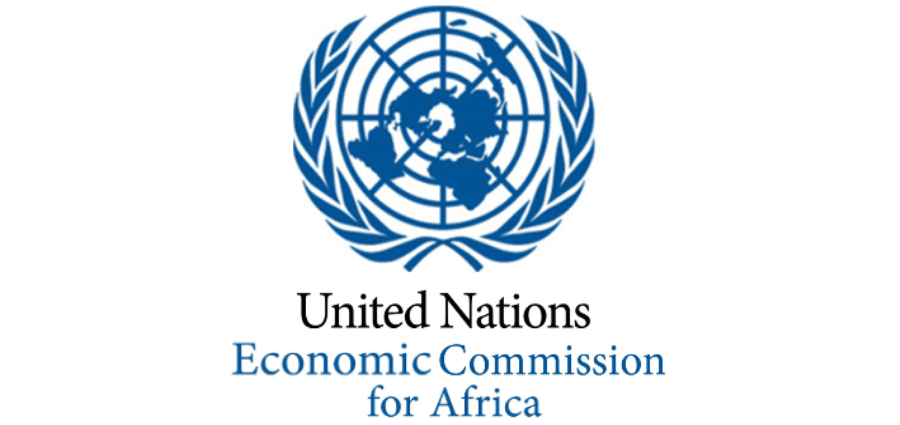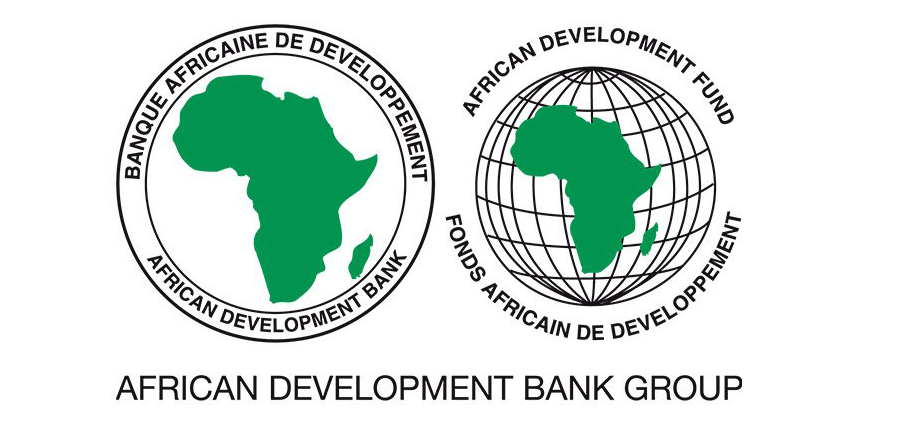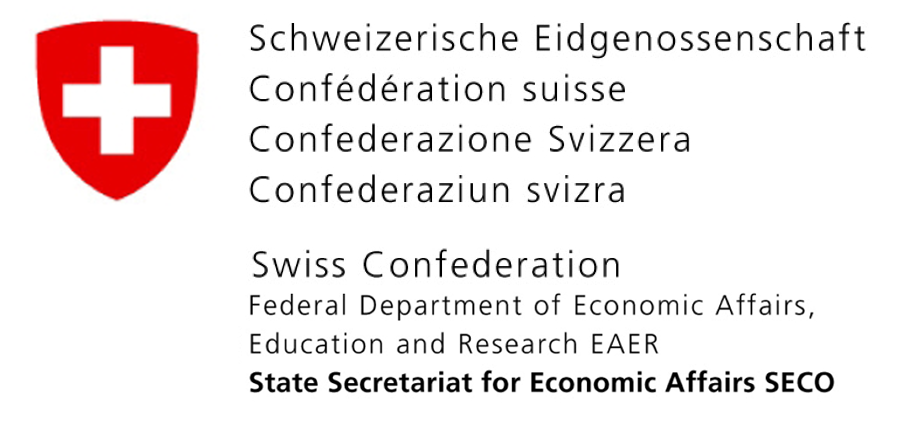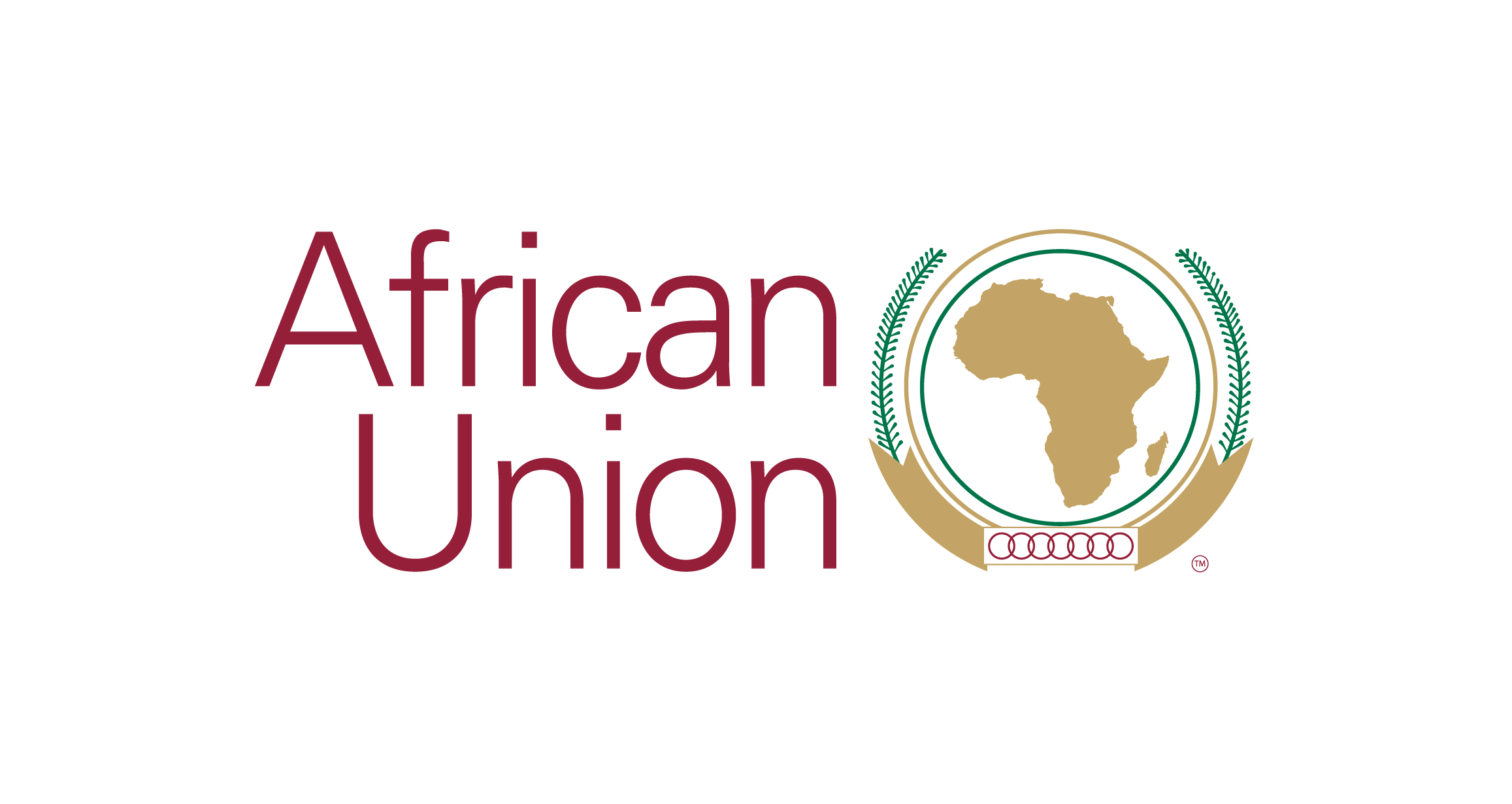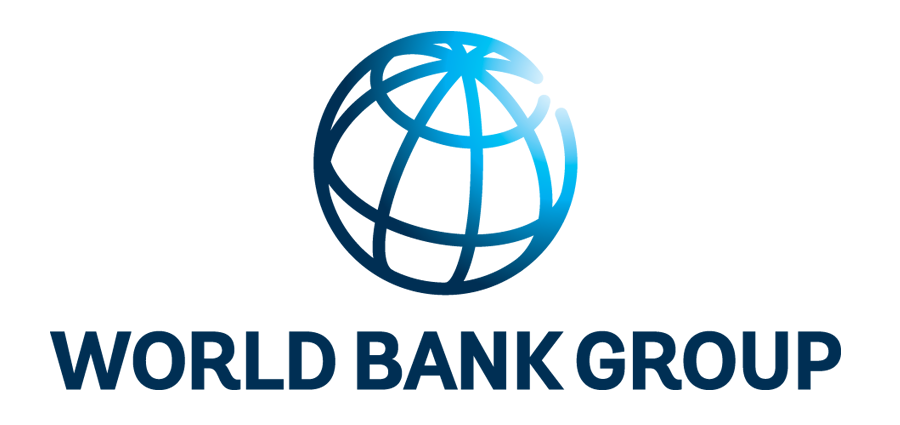Second Generation Road Funds
In recent years, the Road Management and Financing (RMF) component of SSATP has focused on strengthening the capacity of regional road associations to play an increased leadership role in advocating for reforms aimed at improving the efficiency and effectiveness of road network management in SSA. In this regard, the African Road Maintenance Fund Association (ARMFA), the Association of African Road Managers and Partners (AGEPAR), and the Association of Southern Africa National Road Agencies (ASANRA) are key SSATP partners.
Road funds have to compete for funds against other more demanding sectors like health and education, and this usually places them at a considerable disadvantage in the annual budget debate. Countries around the world have responded to the growing shortage of finance in various ways, including by earmarking selected road related taxes and charges, and depositing them into a special off-budget account, or road fund, to support spending on roads. The performance of such funds has, however, been mixed. Some of the common problems cited are: poor financial management, absence of independent audits, extensive use of funds for unauthorized expenditures, diversion of funds, and weak oversight. As a result, most of the earlier road funds, sometimes known as "first generation" road funds, have actually been closed down.

To address financing challenges, the RMF has helped champion the Road Management Initiative's (RMI) building blocks that include maintaining stable financing as part of the reform process for the commercialization of road management. Emerging from this process were the "Second Generation Road Funds" that have become a significant feature of sector reform programs and strategies for improving road maintenance in Sub Saharan Africa countries. There are at least 27 countries in SSA with road funds in place.
A critical dimension of this form of road fund is the creation of a specific legal and institutional framework which would assure proper management of the funds and accountability to users and government. Second generation road funds are thus governed by specific legislation which set out the roles and responsibilities of a representative management board that oversees operations and a secretariat that manages the business of the road fund on a day-to-day basis. The legislation has generally sought to set up an institution, which has the unique mandate of securing resources and channeling these funds to road agencies. Consequently, road funds have largely been successful in better securing road maintenance resources and improving governance in their management. However, for many countries, the challenge of insufficient funds for road maintenance is far from being resolved.
The key characteristics of road funds, as generally understood, are set out below:
- Sound legal basis - separate road fund administration, clear rules and regulations;
- Strong oversight - broad based private/public board;
- Agency which is a purchaser not a provider of road maintenance services;
- Revenues incremental to the budget and coming from charges related to road use and channeled directly to the Road Fund bank account;
- Sound financial management systems, lean efficient administrative structure; and
- Regular technical and financial audits.
To measure the performance of road funds in SSA, SSATP developed an RMF Matrix in 2006 to serve as a tracking system for summarizing the state of reform implementation in SSA countries. Starting 2013, the RMI-Matrix will be updated on an annual basis under the leadership of ARMFA.

